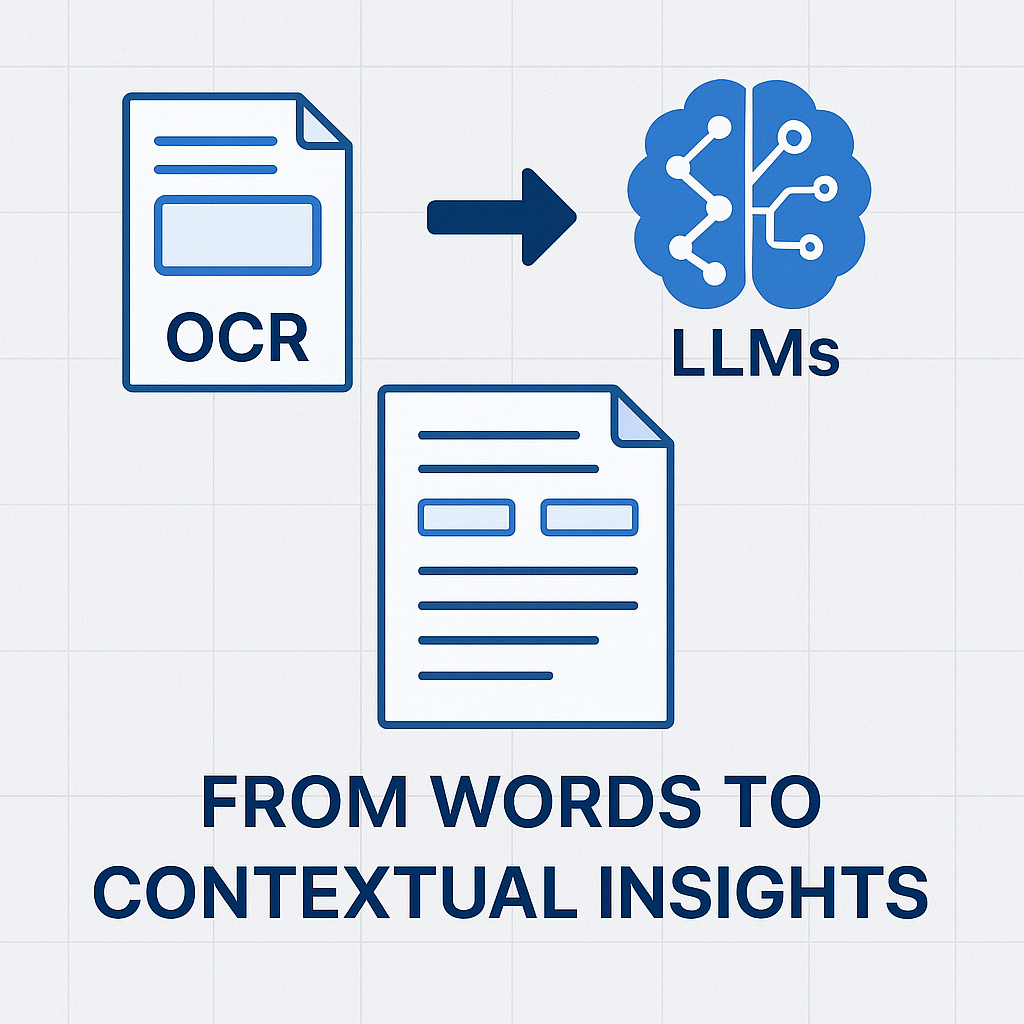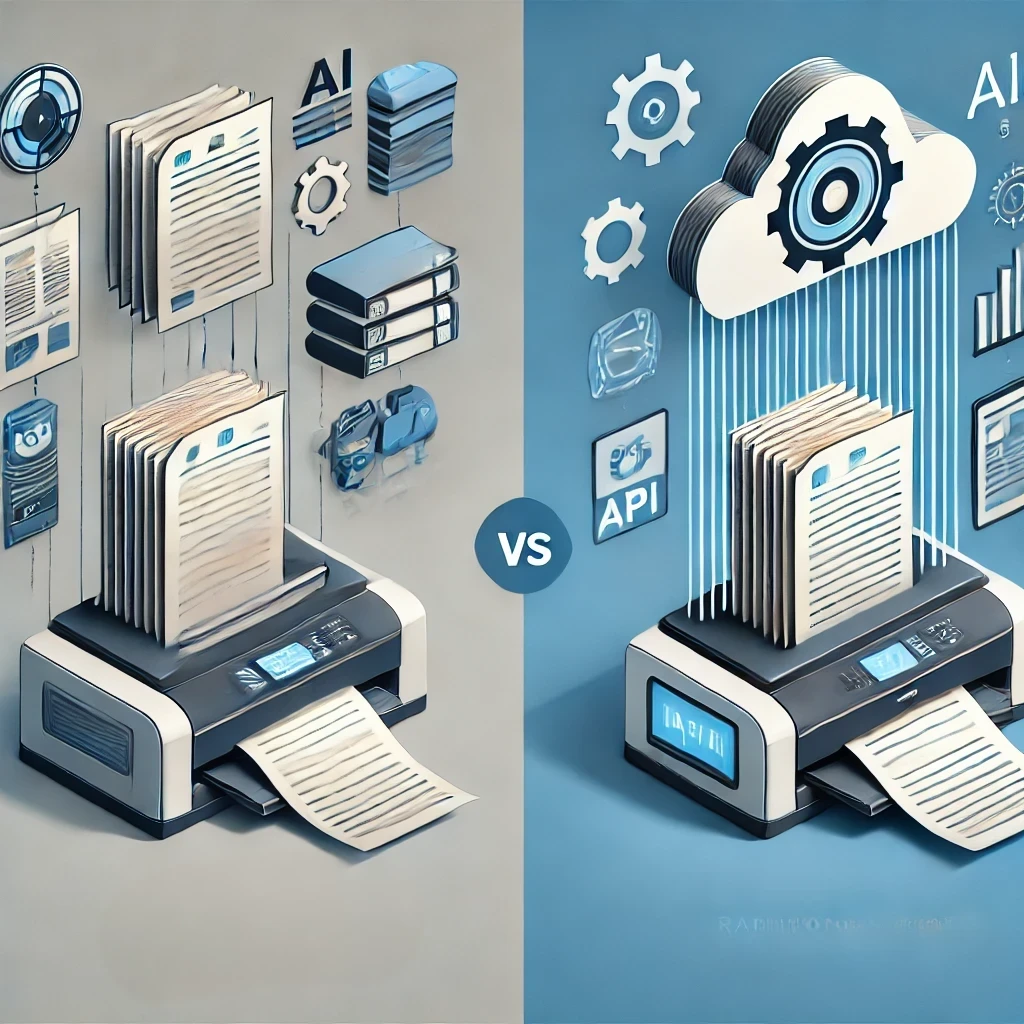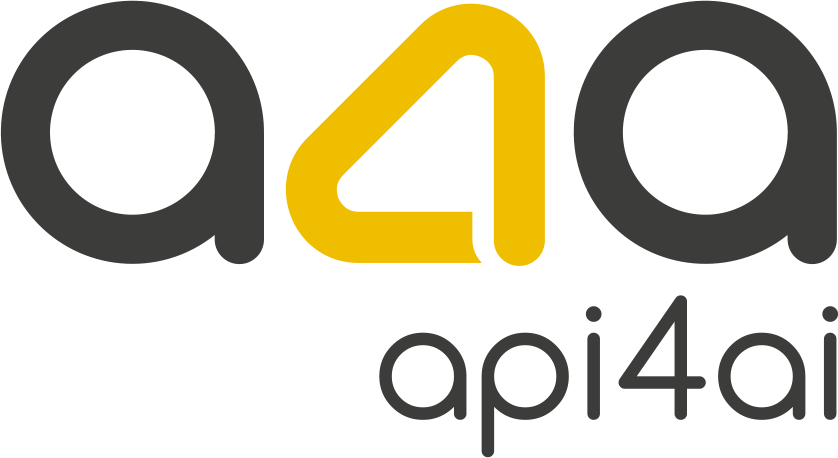
OCR as a Differentiator in Digital Transformation Journeys
With 71% of CFOs prioritizing digital transformation and automation proven to deliver up to 85× faster workflowswith 90% fewer errors, the finance function is under pressure to move faster and smarter. Yet one of the most powerful enablers of this shift often works quietly in the background: Optical Character Recognition (OCR). Far from being just a document digitization tool, OCR is a strategic differentiator — unlocking real-time data, enhancing compliance, and fueling intelligent automation pipelines. In this article, we explore how OCR is accelerating transformation, delivering rapid ROI, and positioning enterprises for next-generation efficiency.

OCR + LLMs: From Words to Contextual Insights
Enterprises have long relied on OCR to digitize paper, but raw text alone offers limited business value. Today, the real transformation comes from pairing OCR with Large Language Models (LLMs). This hybrid approach not only extracts words but also interprets their meaning, identifying key-value pairs, mapping document structures, and attaching confidence scores. Contracts, forms, and reports can now be turned into analytics-ready data streams — delivering faster insights, reducing compliance risk, and enabling strategic agility. For executives, OCR+LLM pipelines are not just a technology upgrade, but a catalyst for smarter, more resilient decision-making.

RPA Bots with Eyes: Vision APIs in UiPath
RPA is no longer blind. With the rise of Vision APIs, UiPath bots can now read invoices, recognize faces and extract insights from screens once off-limits to automation. This post explores how image recognition — via OCR, object detection and visual classification — turns standard workflows into perceptive, adaptable systems. From plug-and-play integrations to high-impact use cases, discover how to give your bots the power of sight and unlock a new era of intelligent automation.

AI OCR API: Reducing Costs in Financial Document Processing
Financial institutions handle vast amounts of paperwork daily, from invoices and loan applications to tax reports and compliance documents. Manually processing these documents is time-consuming, error-prone and costly. AI-powered Optical Character Recognition (OCR) is transforming financial workflows by automating data extraction, improving accuracy and ensuring compliance — all while significantly reducing operational expenses.
This article explores how AI-driven OCR surpasses traditional document processing methods, enhances efficiency in key financial operations like invoice management and KYC procedures, and integrates seamlessly with existing financial systems. With the ability to scale according to business needs, AI-powered OCR not only cuts costs but also unlocks long-term profitability. Whether adopting ready-to-use OCR APIs or investing in custom AI solutions, financial institutions that embrace automation today will gain a competitive edge in the evolving digital landscape.

Why OCR APIs Remain in High Demand in the Modern Digital World?
Despite the growing shift toward digital transformation, paper documents remain a significant part of many industries, creating challenges for businesses that need to process large volumes of physical records efficiently. From banking and healthcare to legal and retail sectors, companies still rely on printed invoices, contracts, medical records and shipping labels — leading to slow workflows, high operational costs and increased risk of human errors.
OCR (Optical Character Recognition) technology has become an essential solution for bridging the gap between traditional paper-based processes and modern digital systems. By automatically extracting text from scanned documents, images, or handwritten notes, OCR eliminates the need for manual data entry, speeds up operations and enhances accuracy.
As AI continues to evolve, OCR technology is becoming smarter, with the ability to recognize different fonts, handwriting, and complex document layouts. Businesses can now leverage OCR APIs for seamless integration into their existing workflows, ensuring scalable, cost-effective, and highly secure document processing. Whether it's automating invoice handling, digitizing patient records, or improving compliance with regulatory requirements, OCR remains a crucial tool in streamlining operations and unlocking new efficiencies.
In this article, we explore why OCR technology continues to be in high demand, the industries that benefit the most, and the future of AI-driven document processing.

OCR API vs Traditional OCR Tools: Which One Wins?
OCR technology has revolutionized how businesses extract text from documents and images, eliminating the need for manual data entry. While traditional OCR tools offer offline functionality and full control over data processing, they come with high costs and scalability challenges. Cloud-based OCR APIs provide a modern, AI-driven alternative that is more flexible, cost-effective and easy to integrate. These solutions continuously improve accuracy, support multiple languages and scale effortlessly to meet growing demands. As businesses move toward automation, choosing the right OCR solution is essential for staying competitive. This guide explores the key differences between traditional OCR tools and OCR APIs, helping businesses determine the best approach for their needs.
